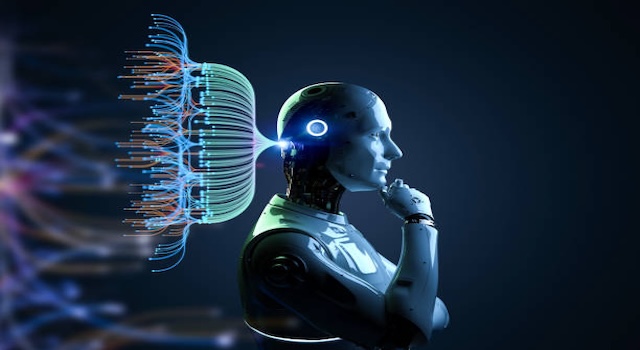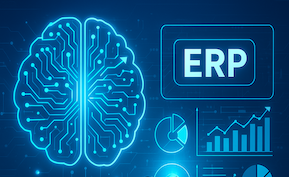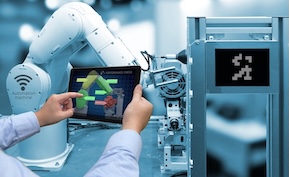AI-Powered Supply Chain Automation: Predicting Disruptions Before They Happen
Global supply chains are more interconnected—and more vulnerable—than ever. Disruptions caused by demand fluctuations, logistics constraints, or external events can have immediate financial impact. AI-powered automation is helping organizations anticipate and prevent these challenges by combining predictive analytics, real-time monitoring, and autonomous decision-making. This new level of intelligence turns supply chains from reactive networks into proactive, resilient ecosystems.
The limits of traditional supply chain management
Conventional supply chain systems rely on static forecasts and manual interventions. When market conditions change, these systems often react too slowly to prevent stockouts or overproduction. The lack of real-time visibility and predictive capability makes it difficult for organizations to adapt quickly. AI automation addresses this gap by analyzing massive data streams in real time and making adjustments automatically based on patterns and probabilities.
How AI automation transforms supply chain visibility
AI-powered systems integrate data from across the supply chain, including suppliers, logistics providers, distributors, and customers. Machine learning models continuously assess performance metrics, detect anomalies, and flag potential risks such as delays or material shortages. By visualizing these insights on unified dashboards, supply chain leaders gain end-to-end visibility and can act before disruptions escalate.
Predicting disruptions with machine learning
Machine learning algorithms identify early signals of disruption by analyzing factors such as weather, geopolitical trends, transport data, and supplier performance. When risk levels rise, automation triggers contingency workflows—rerouting shipments, sourcing alternative suppliers, or adjusting production schedules automatically. This predictive capability minimizes the impact of unforeseen events and maintains operational continuity.
Optimizing inventory and demand planning
AI automation improves inventory management by aligning supply with real-time demand. Predictive models forecast consumption patterns based on seasonality, regional trends, and historical data. Automated replenishment systems adjust purchase orders dynamically, ensuring optimal stock levels without overinvestment. The result is higher service levels, lower carrying costs, and better cash flow efficiency.
Enhancing supplier collaboration
Automated supply chain networks improve transparency between partners. AI tools can monitor supplier reliability, delivery accuracy, and compliance with service-level agreements. By sharing performance insights through collaborative dashboards, organizations strengthen relationships and resolve issues faster. This visibility also supports more informed sourcing decisions and long-term partnership planning.
Integrating IoT for real-time response
When combined with IoT sensors, AI automation provides continuous tracking of materials, shipments, and equipment. Real-time data from trucks, containers, and warehouses feeds directly into predictive systems that update forecasts automatically. This level of integration enables instant responses to temperature fluctuations, route deviations, or capacity changes—further reducing risk and downtime.
Building resilience through automation
Supply chain resilience depends on the ability to sense, respond, and adapt. AI-powered automation brings all three capabilities together. By monitoring conditions continuously, analyzing data intelligently, and acting autonomously, organizations build supply chains that recover faster and operate more efficiently even under pressure. This proactive resilience is becoming a competitive advantage across industries.
Key considerations for adoption
To implement AI-powered supply chain automation effectively, companies should start by consolidating data from all partners and systems. Selecting high-impact use cases—such as demand forecasting or logistics optimization—helps demonstrate quick results. Governance, data quality, and change management remain essential to ensure that automation supports strategic objectives without introducing new risks.
The takeaway
AI-powered automation is transforming supply chain management from a reactive function into a predictive and adaptive capability. By combining machine learning, IoT, and intelligent workflows, organizations can foresee disruptions, optimize resources, and strengthen relationships across the value chain. The future of supply chain resilience lies in automation that not only responds to change but anticipates it—turning uncertainty into opportunity.







